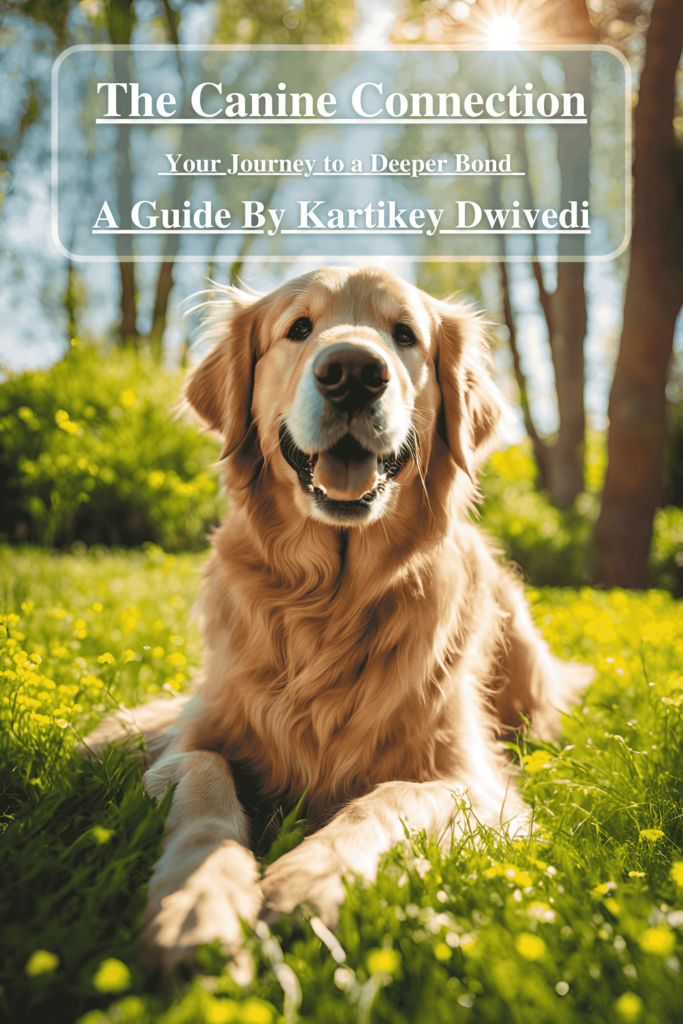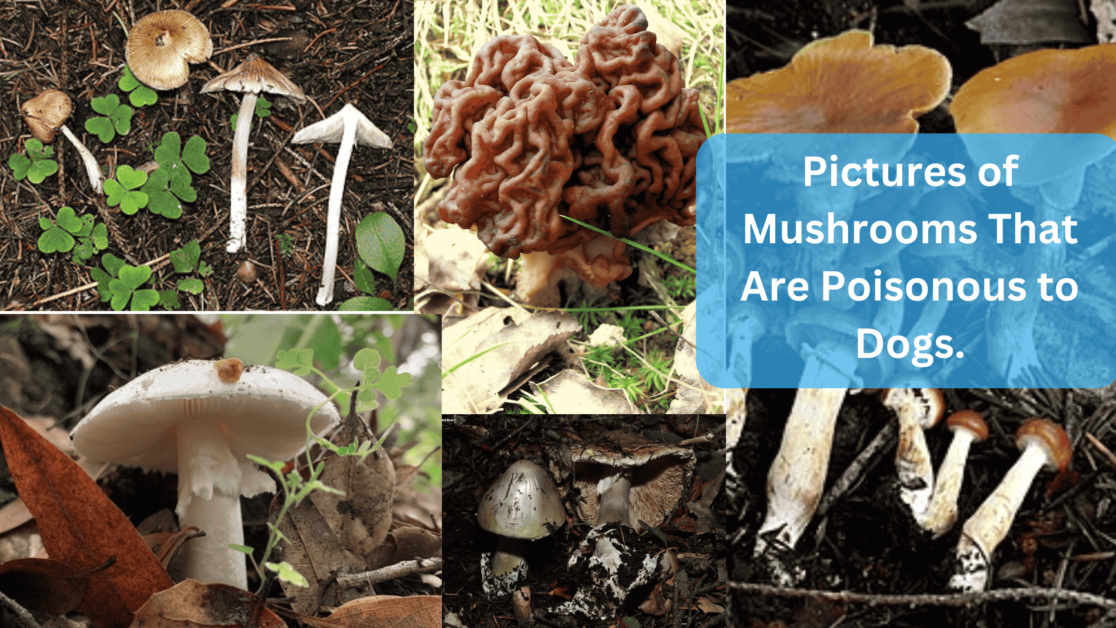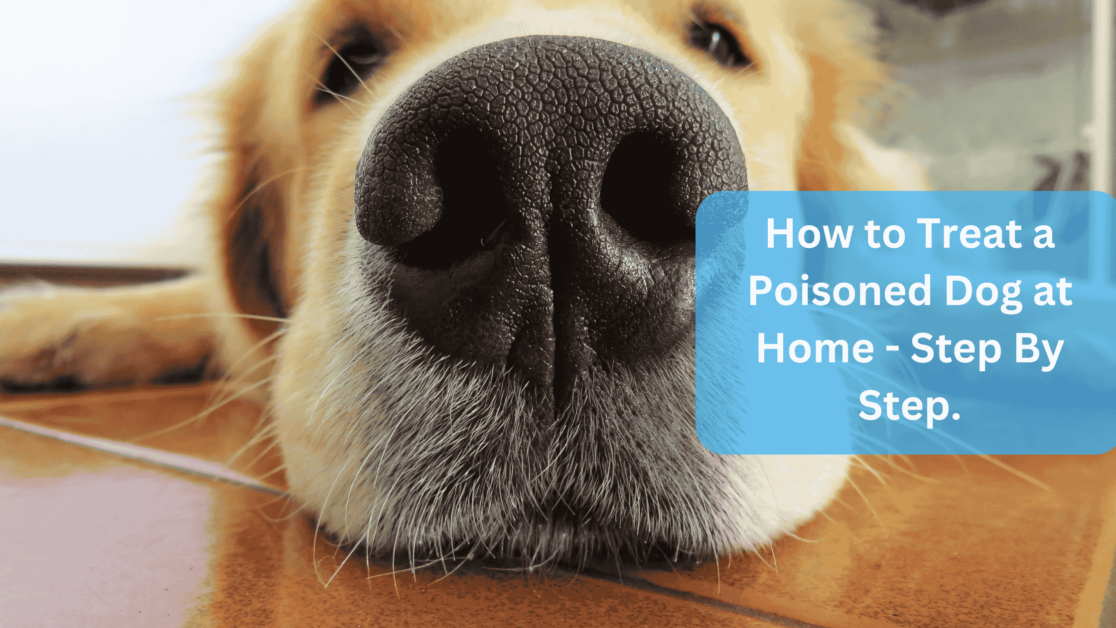Do Dogs Have Wet Dreams? As a dog owner, you may have noticed various actions while your pet slept, like movement, barking, and even leg Twitches. However, have you ever questioned whether dogs can have wet dreams? We’ll go into the interesting world of canine sleep behavior in this extensive post and look into the reasons behind the frequency of wet dreams in dogs.
Understanding Canine Sleep Cycles
Understanding canine sleep cycles requires an understanding of several critical factors:
Rapid Eye Movement (REM) Sleep
Dogs have Rapid Eye Movement (REM) sleep, which is the phase of sleep connected to dreaming, just like humans do. Dogs may engage in various behaviors during REM sleep, including twitching, vocalizing, and moving their legs. This implies that dogs do dream while they sleep.
Non-REM sleep
Dogs also experience this type of sleep, which is deeper and more vital and during which they are less prone to move around or act out in any way.
Sleep Patterns
Dogs normally alternate between REM and non-REM sleep cycles throughout the night. Depending on the age, breed, size, and general health of the particular dog, the length and frequency of these cycles may change.
Sleep Duration
Dogs typically sleep 12 to 14 hours daily, though this might change based on the dog’s age, breed, and degree of activity. While working or extremely active dogs may need less sleep, puppies and seniors may need more.
Sleep Environment
It’s crucial to give your dog a cozy and secure sleeping space. Dogs prefer to sleep in a calm, snug, dark, and warm environment where they can feel safe and at ease.
By being aware of your dog’s sleep patterns and creating a comfortable sleeping environment, you can ensure that your furry companion receives the good night’s rest they require for their general well-being.
You can spot odd patterns or habits, such as the incidence of wet dreams, by watching how your dog sleeps. If necessary, you can then see your veterinarian.
Do Dogs Dream?

Indeed, dogs dream. According to studies, dogs have REM sleep, which is connected to dreaming, much like people do.
The brain activity of a dog during REM sleep matches that of an awake dog, and they may display a variety of actions that allude to dreaming.
Dogs can twitch, move their legs, wag their tails, vocalize, and even make facial expressions as physical manifestations of dreaming.
These sleep-related actions are thought to reflect the dog’s dream content. For instance, a dog may twitch its legs to appear as though it is running or bark to appear to be chasing something in its dreams.
A dog’s daily experiences, memories, and emotions are believed to impact the details of its dreams.
Dogs occasionally have dreams about things they have experienced in their waking lives, including familiar locations, people, animals, and activities.
However, the precise nature and significance of dogs’ dreams remain a mystery because we cannot converse with them about their dreams.
It’s crucial to remember that dogs also experience non-REM sleep stages, which are deeper and less likely to involve dreaming.
These stages are not all that dogs experience while sleeping. However, it is generally accepted that dogs do dream due to their REM sleep characteristics.
Unveiling the Mystery: Wet Dreams Explained
Wet dreams are spontaneous ejaculations that take place while you’re asleep. They are also known as nocturnal emissions or sleep orgasms.
Wet dreams are the term used to describe the release of semen during sleep in dogs, which can happen to male canines.
Male dogs have reproductive organs that generate and release semen, like humans and other animals.
A male dog’s reproductive system may get engaged during REM sleep, which is connected to dreaming, resulting in an erection and ejaculation. Semen may be released. As a result, causing a wet dream.
It’s crucial to understand that wet dreams in male dogs are considered a typical physiological process and are not always signs of medical problems.
They are a typical occurrence brought on by the canine reproductive system and slumbering habits.
Why Do Dogs Have Wet Dreams?

Since we cannot interact with dogs to learn about the details of their dreams or underlying motivations, it isn’t easy to pinpoint the precise causes of dogs having wet dreams.
However, there are several potential causes for wet dreams in male dogs, including the following:
Hormonal changes
Changes in hormone levels during sleep could cause the discharge of semen, as hormones have an important part in a dog’s reproductive system. During sleep, hormones like testosterone, which control sexual behavior and reproductive function, may fluctuate, resulting in irruptive ejaculations.
Sexual stimulation
Similar to humans, dogs may experience sexual arousal when they are sleeping, which may cause the production of semen. Dogs can experience sensory events while they sleep, and their dreams may contain explicit sexual material or be stimulating enough to cause ejaculation.
Lack of sexual activity
Semen may accumulate in the reproductive system of dogs that are not sexually active or who have been neutered. The body may naturally release more semen and maintain reproductive health by having wet dreams.
Age and reproductive status
Male dogs who are sexually mature or have not been neutered in their adolescence may experience wet dreams more frequently. Compared to neutered dogs, dogs that are intact or have not undergone neutering may be more likely to have wet dreams.
Individual variability
Dogs’ levels of sexual activity and reproductive health can vary, much like in humans, which can impact how frequently they have wet dreams. Some dogs could experience wet dreams more regularly than others, while others might not.
It’s crucial to remember that wet dreams in male dogs are frequently seen as a normal physiological process and are not always a sign of any medical problems.
However, it’s ideal for checking with your veterinarian for a comprehensive evaluation and recommendations if you have concerns about your dog’s reproductive health or notice any strange symptoms.
Factors That Influence Wet Dreams in Dogs
Several variables could affect whether dogs, particularly male dogs, experience wet dreams. These elements may consist of the following:
Hormone levels
Changes in hormone levels can impact the frequency of wet dreams. Hormones are important for a dog’s reproductive system. Age, health, and stress levels can all affect hormones like testosterone, which regulate sexual behavior and reproductive function. This could affect how frequently you have wet dreams.
Sexual activity
Wet dreams may be more common in dogs who are sexually active or intact (not spayed or neutered). The frequency of wet dreams in male dogs can be influenced by sexual arousal or activity, especially while sleeping.
Status of neutering
Neutering, surgically removing a male dog’s testicles, can impact the frequency of wet dreams. Wet dreams may be impacted by hormonal changes and alterations in the reproductive function that may occur in neutered male canines.
Age
A male dog’s age can also affect whether or not he has wet dreams. Male dogs in their adolescence or sexually mature may be more likely than younger or older canines to have wet dreams.
Health
A dog’s overall health and happiness can impact its ability to reproduce and the frequency of wet dreams. Medical disorders affecting hormone levels or reproductive organs may impact the frequency of wet dreams in male dogs.
Environmental aspects
Stress levels, for example, can affect a dog’s ability to reproduce and the likelihood of having wet dreams.
High stress, anxiety, or environmental changes may cause hormone changes in dogs, impacting how frequently they have wet dreams.
The frequency of wet dreams in dogs can vary significantly from person to person, and some male dogs may never experience wet dreams at all.
The best action is to visit your veterinarian for a proper diagnosis and recommendations if you worry about your dog’s reproductive health or observe any strange symptoms.
How Often Do Dogs Have Wet Dreams?
Individual differences in the frequency of wet dreams in dogs may exist, and several variables, including age, hormonal balance, sexual activity, neutering status, general health, and environmental circumstances, may have an impact.
While some male dogs may occasionally have wet dreams, others may never do so.
Wet dreams in dogs are normally not a reason for alarm and are thought to be a normal physiological process.
Wet dreams in dogs can occur at any frequency or pattern, and there is no set frequency or pattern that can be considered “normal” because of the vast range of individual characteristics that can affect this.
It’s crucial to keep an eye on your dog’s behavior and reproductive health, and it’s ideal for visiting your veterinarian for an accurate assessment and advice if you detect any strange symptoms or changes in your dog’s reproductive function.
Your dog’s general health can be evaluated by your veterinarian, who can then provide recommendations based on that dog’s particular requirements.
Other Sleep Behaviors in Dogs
In addition to having wet dreams, dogs display other interesting and unique sleep characteristics. Some of these canine sleeping habits include:
Rapid Eye Movement (REM)
Like us, dogs also go through Rapid Eye Movement (REM) sleep, linked to dreaming. Dogs may display a variety of actions during REM sleep, including fast eye movements, muscle twitching, wagging tails, vocalizations, and even leg movements resembling running or chasing.
Non-REM sleep
Dogs also go through Non-Rapid Eye Movement (NREM) sleep, which is more deeply restorative. During NREM sleep, dogs may move less and display symptoms of deep relaxation, such as slow breathing and relaxed muscles.
Changing postures while sleeping
Dogs are capable of shifting positions. They might lie on their side, to begin with, then roll over to their back or curl up into a ball. Dogs can stretch, yawn, or change positions while sleeping like people.
Paw movements
Dogs may also move their paws when they are sleeping, as though they were running, digging, or playing. This can be an expression of their dreams or a reflex reaction to their sleepiness.
Vocalizations
Dogs may vocalize while sleeping by barking, crying, or wailing. These vocalizations could be unconscious responses or a reflection of their dreams.
Muscle twitches
Dogs may experience muscle cramps while they sleep, especially during REM sleep. The legs, face, or body may twitch involuntarily or noticeably, with smaller or more noticeable motions.
It’s crucial to remember that dogs typically exhibit these sleep patterns as part of their regular sleep cycles.
However, it’s advisable to check with your veterinarian for proper examination and advice if you see any odd or alarming sleep patterns, such as intense or protracted vocalizations, excessive movement, or symptoms of distress.
Also Read: Why Is My Dog Shaking After Eating? Best Guide 2023
Should You Be Concerned If Your Dog Has Wet Dreams?
Wet dreams in dogs are normally not a reason for alarm and are thought to be a normal physiological process. It’s a typical event connected to hormone changes and canine sexual maturation.
Although neutered and female dogs can also have wet dreams, intact male dogs that have not been spayed or neutered are more likely to have them.
However, there are some situations where you might need to speak with your vet, particularly if your dog has frequent or protracted wet dreams or any other worrying signs present.
These conditions could apply to:
Changes in behavior
It may be worthwhile to talk with your veterinarian to rule out any underlying medical conditions or behavioral difficulties if your dog exhibits signs of distress or discomfort during or after wet dreams, such as vocalizing, restlessness, or anxiety.
Reproductive health issues
It’s important to consult your veterinarian for an accurate evaluation and management if your dog has problems urinating or defecating or if there is persistent discharge from the genital area, swelling, or inflammation.
Health problems
To avoid or treat wet dreams in your dog, addressing any underlying health conditions, such as hormone imbalances, urinary tract infections, or other problems with the reproductive system may be required.
Changes in frequency or pattern
Suppose your dog’s wet dreams’ frequency, pattern, or persistence suddenly increases. In that case, it may be worthwhile to talk to your veterinarian to see if any underlying causes need to be addressed.
In general, it’s crucial to keep an eye on your dog’s overall health and behavior, and it’s best to visit your veterinarian for the right assessment and advice if you have any worries or queries regarding your dog’s wet dreams.
Your dog’s specific needs can be evaluated by your veterinarian, who can then provide suggestions based on your dog’s health and reproductive condition.
How to Handle a Dog’s Wet Dreams
Providing your dog with a caring and understanding environment while they go through this normal physiological process is the traditional approach to handling a dog’s wet dreams. The following advice will help you deal with a dog’s wet dreams:
Maintain a clean and comfortable sleeping environment: Keep your dog’s sleeping space tidy and comfy by keeping it dry and providing a cozy bed or clean bedding for a crate. This can simplify cleaning up any moisture and make your dog feel safe and comfortable while sleeping.
Do not chastise or penalize your dog: Your dog has no control over wet dreams, which are a common occurrence. It’s vital to avoid chastising or punishing your dog for having wet dreams because doing so may make them feel anxious or stressed and may not cease the practice.
Avoid excessive stimulation before bedtime: Avoid overstimulating your dog by keeping them away from hard exercise or rough play in the hours leading up to bedtime. This may lessen the likelihood of having wet nightmares while you sleep.
Regular exercise and mental stimulation: Regular exercise and mental stimulation can help boost your dog’s overall physical and mental well-being, which can favor their sleep habits.
Consult your veterinary surgeon: It is best to speak with your veterinarian if you have any questions regarding your dog’s wet dreams or if they make your dog uncomfortable. Your dog’s specific needs can be evaluated by your veterinarian, who can then provide suggestions based on your dog’s health and reproductive condition.
Watch for any changes: Watch for variations in the frequency, length, or pattern of your dog’s wet dreams. It can be wise to speak with your veterinarian if there are any significant changes to see if there are any underlying causes that should be addressed.
Maintaining good hygiene and cleaning up after your dog: Wet dreams may cause discharge or dampness in the dog’s bedding or fur. To keep your dog clean and comfortable, practicing excellent hygiene by instantly clearing away any dampness is crucial.
Remember that dogs’ wet dreams are a natural physiological process and don’t require special treatment.
However, it’s ideal to speak with your veterinarian if you have any worries or inquiries so they can accurately assess and offer advice based on your dog’s particular needs.
Also Read: What is the ordinance for barking dog in Stockbridge Georgia: Best Guide 2023
Frequently Asked Questions about Dogs and Wet Dreams.
Are wet dreams in dogs normal?
Yes, wet dreams are a normal physiological process in dogs, especially in intact male dogs undergoing sexual development.
Can female dogs have wet dreams?
Yes, female dogs can have wet dreams as well, although it is less common.
Do all dogs have wet dreams?
No, not all dogs have wet dreams. The frequency and occurrence of wet dreams may vary among individual dogs.
Can wet dreams in dogs be prevented or stopped?
It’s difficult to prevent or stop wet dreams in dogs since they are a natural process associated with reproductive and hormonal changes. However, providing regular exercise and mental stimulation, avoiding excessive stimulation before bedtime, and providing a clean and comfortable sleeping environment can help reduce the likelihood of wet dreams occurring during sleep.
Should I be concerned if my dog has wet dreams?
Wet dreams in dogs are generally not a cause for concern. However, if you notice any changes in behavior or frequency of wet dreams, it’s best to consult with your veterinarian to ensure there are no underlying health concerns or reproductive issues.
Can wet dreams in dogs be a sign of a medical problem?
Wet dreams in dogs are typically not a sign of a medical problem. However, if you notice any changes in your dog’s behavior or frequency of wet dreams, it’s important to consult with your veterinarian to rule out any underlying health concerns or reproductive issues.
Conclusion: Decoding Canine Sleep Behaviors
In conclusion, canine sleep habits, including wet dreams, are typical aspects of a dog’s physical and reproductive growth.
Like us, dogs experience cycles that include REM sleep phases during which dreaming is possible.
Wet dreams in dogs are more frequently noticed in intact male canines and are typically connected to hormonal changes and sexual maturation.
Even though wet dreams in dogs are typically nothing to worry about, monitoring your dog’s general health and behavior is still important.
If you have any worries or questions, speak with your veterinarian.
Changes in behavior, reproductive health difficulties, health problems, and changes in the frequency or pattern of wet dreams are all things that could call for a veterinarian review.
The best ways to deal with a dog’s wet dreams are to give them a tidy and comfortable sleeping space, refrain from chastising or punishing them, give them regular mental and physical stimulation, and keep an eye out for any changes in frequency or pattern.
To keep your dog clean and comfortable, practicing excellent hygiene and swiftly cleaning up any wetness is critical.
You can better care for and assist your furry buddy throughout their sleep cycles if you comprehend and decode canine sleep habits, such as wet dreams.
You can ensure your dog’s general health and well-being during their sleeping and reproductive development by collaborating closely with your veterinarian and creating a positive environment.







